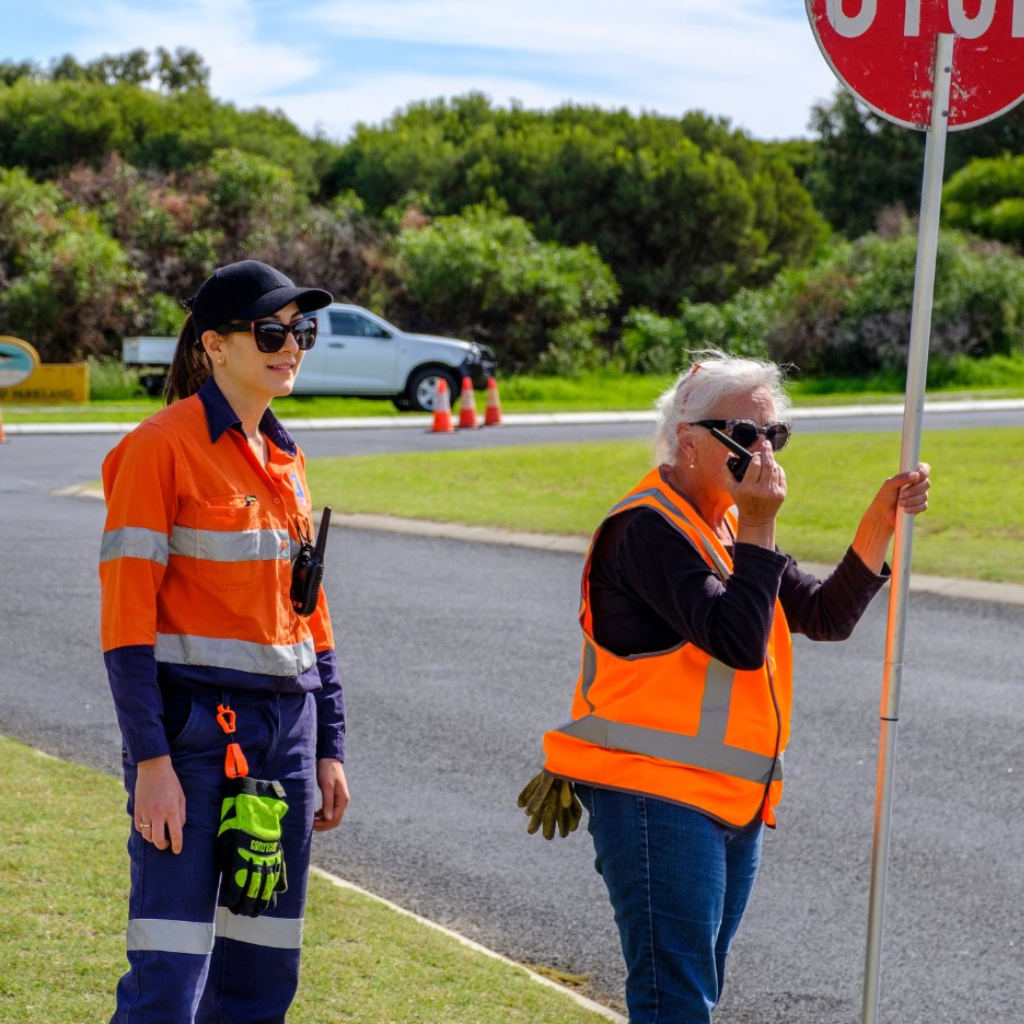To ensure that the Traffic Management Plans and Traffic Guidance Schemes meet the specified requirements and safety standards, independent and systematic audits are conducted. There are 2 main key audits that are undertaken in the traffic management industry:
- Suitability Audit
- Compliance Audit
This article will help you understand the key differences.
We will explain the purpose of these audits, their coverage, and what they examine, highlighting their importance in providing a measure of the project’s capability and performance in meeting the specific requirements. The information presented can be useful for project managers, traffic managers, and other relevant site personnel involved in traffic management.
What is a Suitability Audit
A Suitability Audit is conducted by an RTM (Road Traffic Manager) prior to the implementation of a Traffic Management Plan (TMP) to examine whether the proposed plan addresses the specific requirements and can meet those requirements. This audit covers the entire Traffic Management Plan and all temporary Traffic Guidance Schemes, audits against contractual requirements, considers safety issues, traffic flow and efficiency, inspects the site, and provides an audit report.
As per Main Roads WA Traffic Management for Works on Roads Code of Practice 5.1.1
The RTM:
- Audits the entire TMP and all TGSs;
- Audits against contractual requirements;
- Considers all safety issues related to the traffic management including crash risks;
- Considers traffic flow and efficiency;
- Inspects the site;
- Writes an audit report,
- Holds a completion meeting with relevant site personnel, e.g. project manager, traffic manager, etc.
What is a Compliance Audit
On the other hand, a Compliance Audit is conducted by an RTM after a Traffic Management Plan has been implemented to examine the project’s performance in meeting the specified requirements. This audit can be conducted at various stages of the project and covers the entire TMP and all TGSs (or only the TGSs in place at the time of the audit), audits against contractual requirements, considers safety issues, traffic flow and efficiency, inspects the site, and provides an audit report.
As per Main Roads WA Traffic Management for Works on Roads Code of Practice 5.1.1
The RTM:
- Audits the entire TMP and all TGSs (may only be able to cover off the implementation of the TGS in place at the time of the audit);
- Audits against contractual requirements;
- Considers all safety issues related to the traffic management including crash risks;
- Considers traffic flow and efficiency;
- Inspects the site;
- Writes an audit report,
- Holds a completion meeting with relevant site personnel, e.g. project manager, traffic manager, etc.
Undertaking either a Suitability or Compliance Audit is hugely valuable for your organisation and worksite safety.
If you have a need to engage an auditor, please contact our Customer Support team here.
Helpful Links and Templates
- Suitability Audit Checklist
- Traffic Management – Suitability Audit Template
- Compliance Audit Checklist
- Traffic Management – Compliance Audit Template
Summary
Both types of audits are independent and systematic, examining safety issues related to traffic management, traffic flow, efficiency, and the compliance of the TMP and TGSs with contractual requirements. The audits provide a measure of the project’s capability and performance in meeting the specific requirements, and the audit reports serve as a valuable tool for project managers, traffic managers, and other relevant site personnel.


